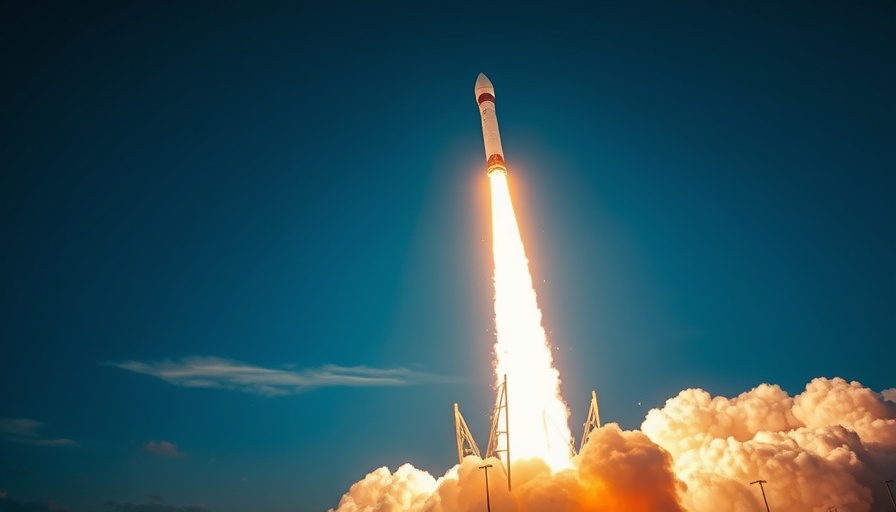
Why Automation is Key for Defense Manufacturing
The U.S. Navy has recently partnered with Raytheon to enhance the production efficiency of the SM-6 missile system by introducing automation into the manufacturing line. This move not only promises to streamline operations but also updated the defense industry landscape by highlighting the growing trend of integrating technology into traditional manufacturing sectors. Such advancements are indicative of the military's pursuit of responsive and agile production capabilities, essential in an evolving global security environment.
Understanding the SM-6 Missile System
The SM-6, or Standard Missile-6, is a versatile defense tool designed for various combat scenarios, including anti-air warfare and sea-based ballistic missile defense. Its importance cannot be overstated, as it plays a crucial role in the Navy's arsenal to ensure maritime security. As demand for this missile rises, automating production helps meet the military's operational requirements more efficiently.
Impact of Automation on the Shipbuilding Industry
Automation in the defense sector, specifically in shipbuilding, has triggered transformative changes. By reducing manual labor and enhancing precision in manufacturing processes, automation not only increases production rates but also diminishes the likelihood of errors, leading to more reliable systems. According to experts, these advancements can lead to significant cost savings and faster delivery times, ultimately benefitting national defense preparedness.
Challenges of Implementing Automated Systems
Despite the clear advantages, introducing automation comes with its set of challenges, including workforce displacement and the need for retraining employees. As industries evolve to embrace technology, current workers may find themselves needing new skills to adapt. This can create a gap as employers address both technological advancements and workforce development by fostering a culture of continuous learning and adaptation.
Future Predictions: The Role of Technology in Warfare
Experts suggest that as automation and advanced technologies become more integrated into defense systems, we can expect the modern warfare landscape to change fundamentally. Enhanced robotic systems, artificial intelligence, and machine learning will likely become mainstays in military applications, positioning nations that invest in these technologies at an advantage. Hence, the collaboration between the U.S. Navy and Raytheon could be viewed as a forward-thinking step towards a more technologically advanced defense strategy.
Why This Automation Matters to You
For individuals interested in the future of national defense and technology, understanding these dynamics is essential. The implications stretch beyond the defense sector to technological advancements in various industries, influencing the job market, the economy, and even local communities. As these sectors evolve, the conversations around automation and innovation will play a decisive role in shaping our future work landscape.
Conclusion: Embracing Change for a Secure Future
As the U.S. Navy and Raytheon work together, their focus on automating the SM-6 production line stands as a testament to the shifts in defense manufacturing. Keeping abreast of these changes not only prepares us for discussions around national security but opens up pathways for understanding technological innovation in our daily lives. Stay informed, embrace the changes in technology, and consider how advancements might affect not only national defense but various other sectors in the economy.
 Add Row
Add Row  Add
Add 




Write A Comment